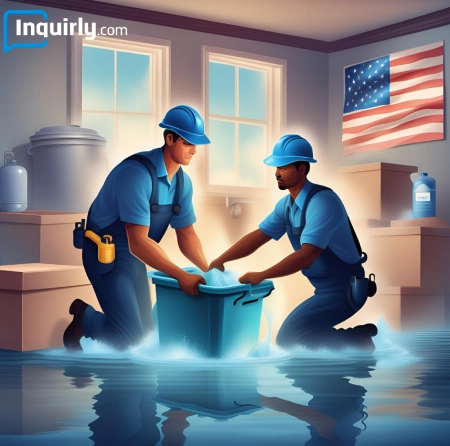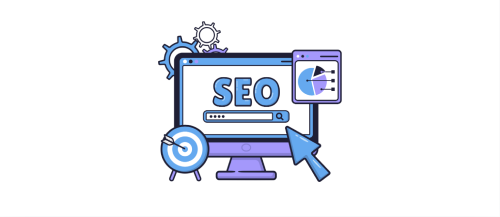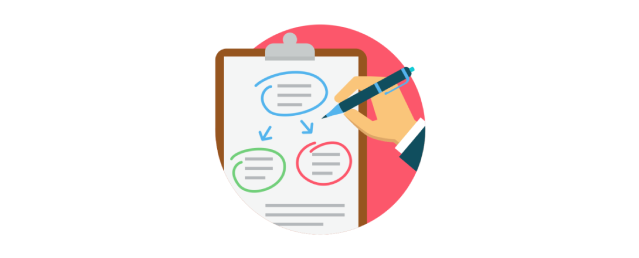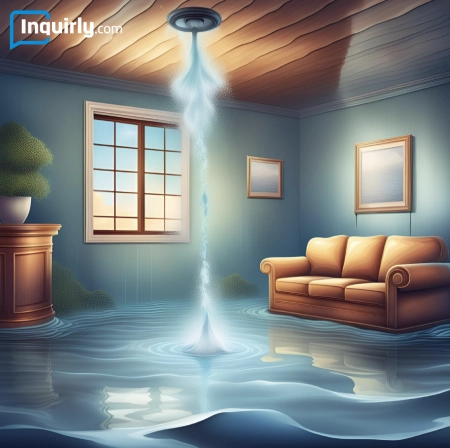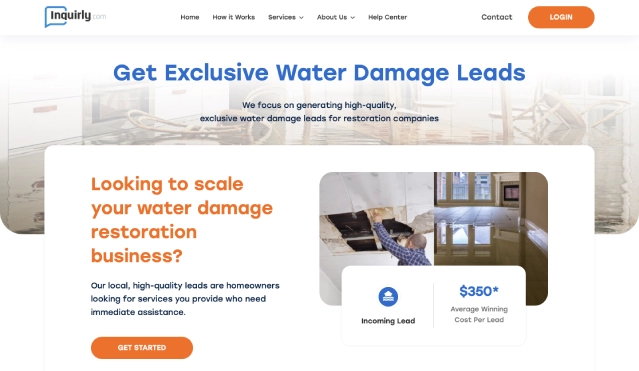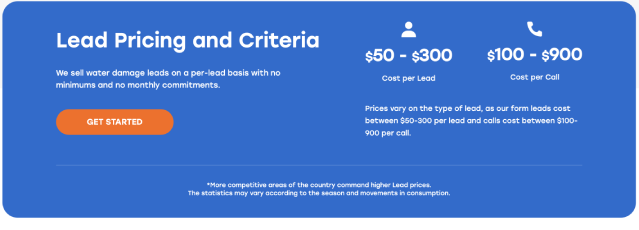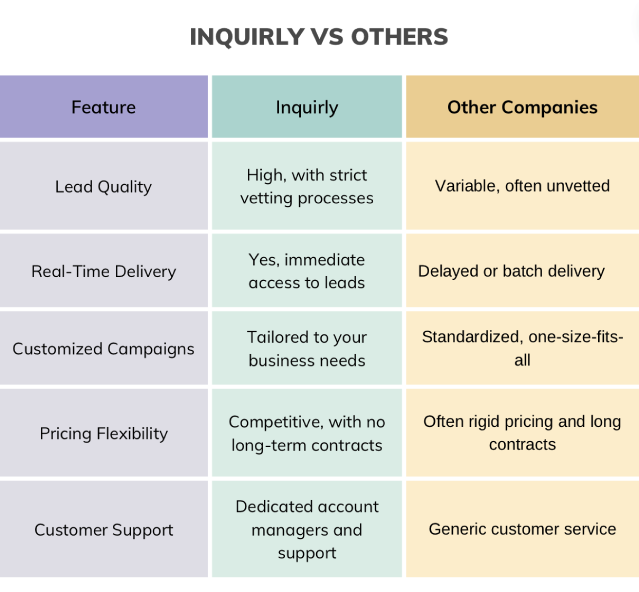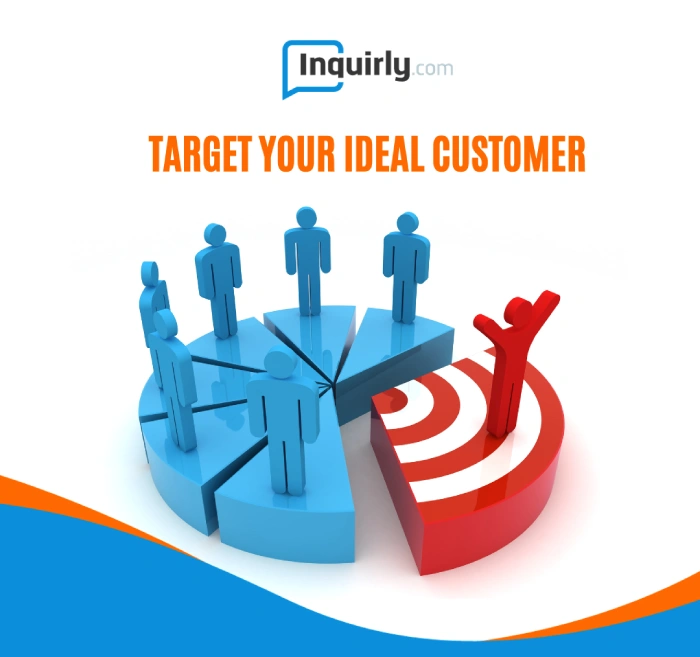Running a successful restoration business is about more than just fixing water damage. It’s about staying informed, learning the latest techniques and connecting with industry leaders. Attending conferences can provide real solutions to the challenges you face every day and help you find new opportunities to grow your business.
Here’s a carefully curated list of the most valuable water damage industry events for 2025, including who should attend, what to expect and actionable tips to make the most of each experience.
1. INTRConnect 2025
Dates: January 13–15, 2025
Location: JW Marriott Los Angeles L.A., Los Angeles, CA
Who Should Attend:
Restoration professionals who frequently work with insurance claims, adjusters or carriers. Ideal for business owners looking to streamline claims processes and improve relationships with insurance partners.
What to Expect:
Focused on claims management and risk assessment, INTRConnect offers sessions that explore practical strategies for navigating insurance complexities. Workshops provide actionable advice on documenting damages effectively to avoid disputes.
Pro Tip:
Identify the claims-related challenges your team faces and attend sessions that directly address those issues. Prepare questions in advance for panel discussions to ensure you leave with concrete solutions.
2. NeXus 2025
Dates: January 14–15, 2025
Location: Paris Las Vegas, Las Vegas, NV
Who Should Attend:
Restoration businesses looking to diversify their offerings or improve efficiency. Also ideal for teams exploring new technologies and tools to enhance service delivery.
What to Expect:
NeXus is a multi-industry event showcasing restoration, abatement and cleaning solutions. With live product demonstrations and workshops, attendees can explore new equipment and techniques to address common operational challenges.
Pro Tip:
Bring specific project examples or challenges you’ve encountered. When visiting exhibitors, ask detailed questions about how their tools or services can solve those problems.
3. WWETT Show (Water & Wastewater Equipment, Treatment & Transport)
Dates: February 17–20, 2025
Location: Indiana Convention Center, Indianapolis, IN
Who Should Attend:
Restoration professionals specializing in water extraction, sewage backup remediation, or environmental cleanup.
What to Expect:
One of the largest gatherings for water management professionals, the WWETT Show offers workshops on water extraction, wastewater treatment, and flood response. Hands-on training sessions let you try tools and techniques before you invest.
Pro Tip:
Use this opportunity to compare water extraction tools side by side. Take notes during demos and workshops to ensure you choose solutions that fit your team’s capabilities and project needs.
4. International Restoration Convention & Industry Expo
Dates: April 28–30, 2025
Location: Palm Beach County Convention Center, West Palm Beach, FL
Who Should Attend:
Restoration business owners, technicians and anyone looking to stay updated on industry trends or expand their service offerings.
What to Expect:
This conference offers everything from hands-on technical training to business-focused sessions on lead management, digital tools and customer retention strategies. The expo features a wide range of restoration products and technologies.
Pro Tip:
If you’re considering expanding into mold remediation or fire restoration, attend relevant sessions to understand the certifications, equipment and training required.
5. The Experience Conference & Exhibition
Dates: September 3–5, 2025
Location: Caesars Forum Conference Palace, Las Vegas, NV
Who Should Attend:
Restoration professionals who want hands-on training and demonstrations of the latest techniques and equipment.
What to Expect:
With a strong focus on live demonstrations, this conference covers advanced cleaning and restoration methods, including moisture detection, stain removal, and air quality improvement.
Pro Tip:
Participate actively in demos and ask detailed questions about results, timelines, and troubleshooting techniques. Take photos or videos (with permission) to reference when training your team.
6. Clean Gulf Conference & Exhibition
Dates: November 18-20, 2025
Location: Ernest N. Morial Convention Center, New Orleans, LA
Who Should Attend:
Businesses involved in large-scale disaster response, hazardous material cleanup or environmental restoration.
What to Expect:
Clean Gulf offers niche sessions on hazardous material management, disaster response strategies, and compliance with environmental regulations. It’s a great event for teams considering expansion into these areas.
Pro Tip:
Focus on breakout sessions covering specific topics like hazardous material cleanup or disaster logistics. Use networking opportunities to connect with emergency response teams and government agencies for potential partnerships.
Want to make your website more visible? Check out this article
Why Attending Industry Events is Essential for Your Business?
Attending industry conferences offers your business the chance to gain valuable insights, discover new tools and make meaningful connections. Whether you’re learning a fresh technique, finding a trusted vendor or forming new partnerships, each event provides an opportunity to strengthen your unique competitive skill.
Here are three key ways to make the most of your time and investment:
- Plan Ahead: Review the event agenda and prioritize the sessions or workshops that best align with your business goals.
- Engage Actively: Ask questions, take notes and connect with people to build relationships that last beyond the event.
- Implement Quickly: Share key takeaways with your team and put new ideas into action right away.
While industry conferences are a great way to expand your knowledge and network, growing your restoration business also relies on a consistent stream of qualified leads. That’s where Inquirly comes in. We specialize in exclusive lead generation tailored for restoration professionals.
Ready to take your business to the next level? Let us show you how we can help.


